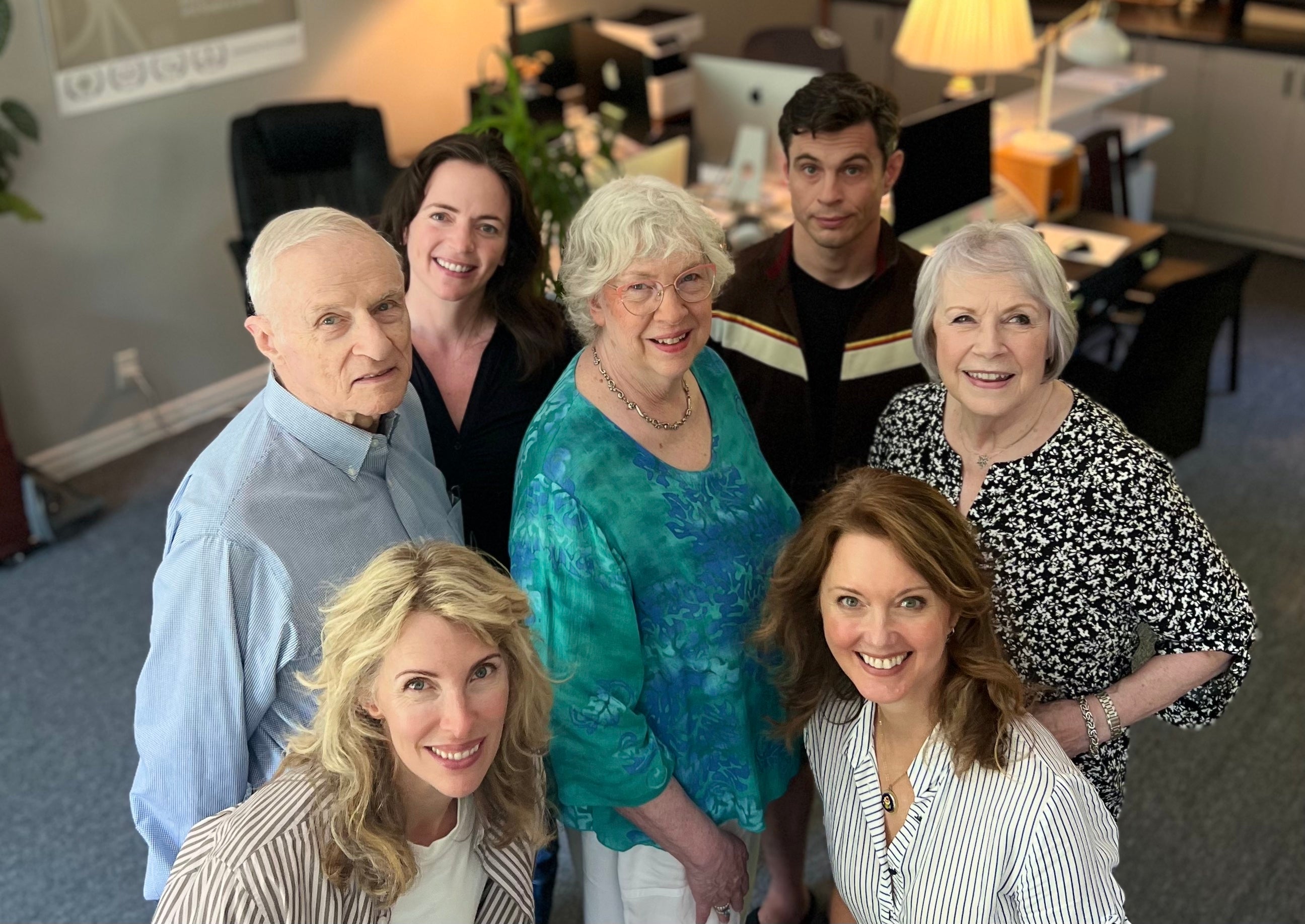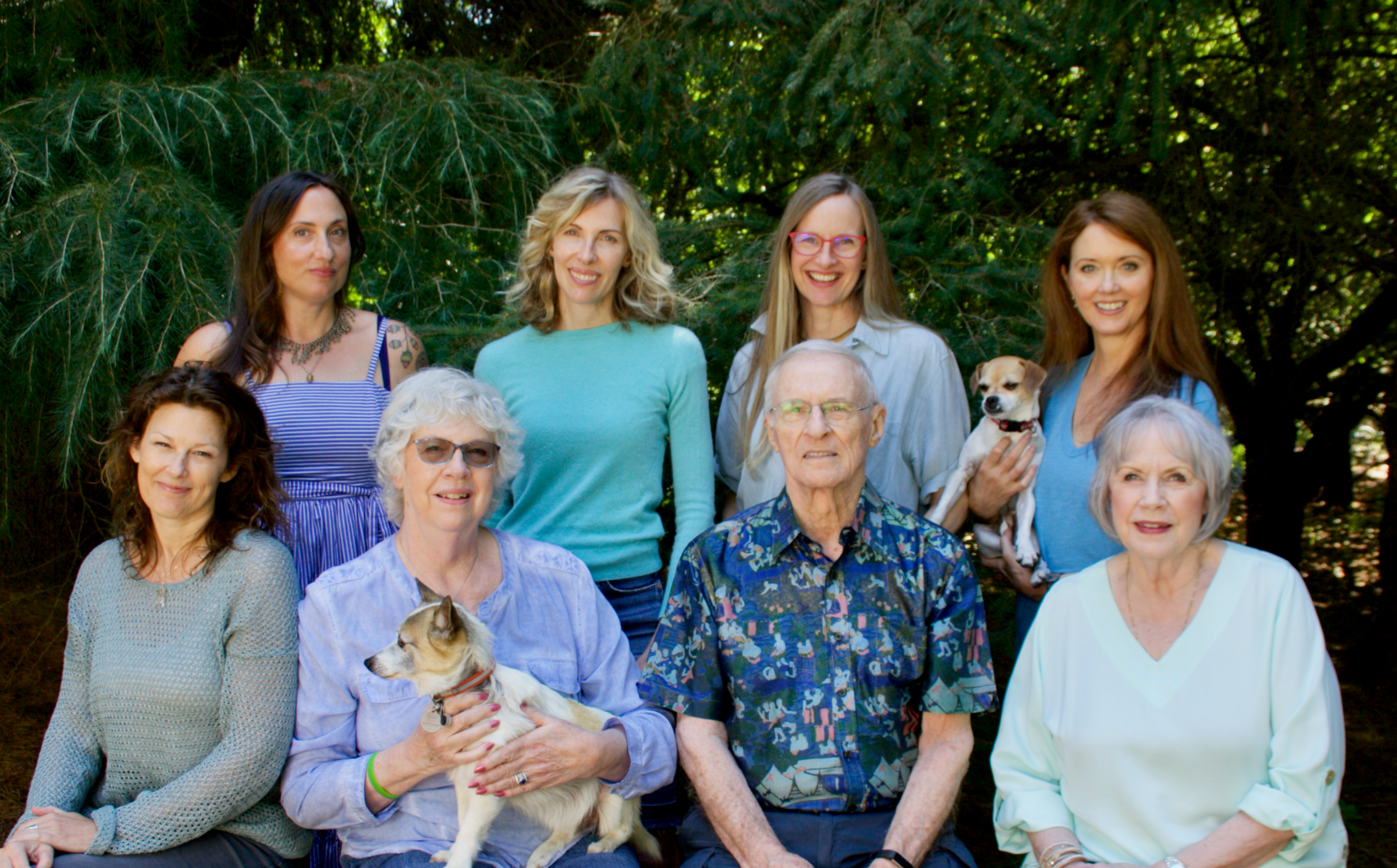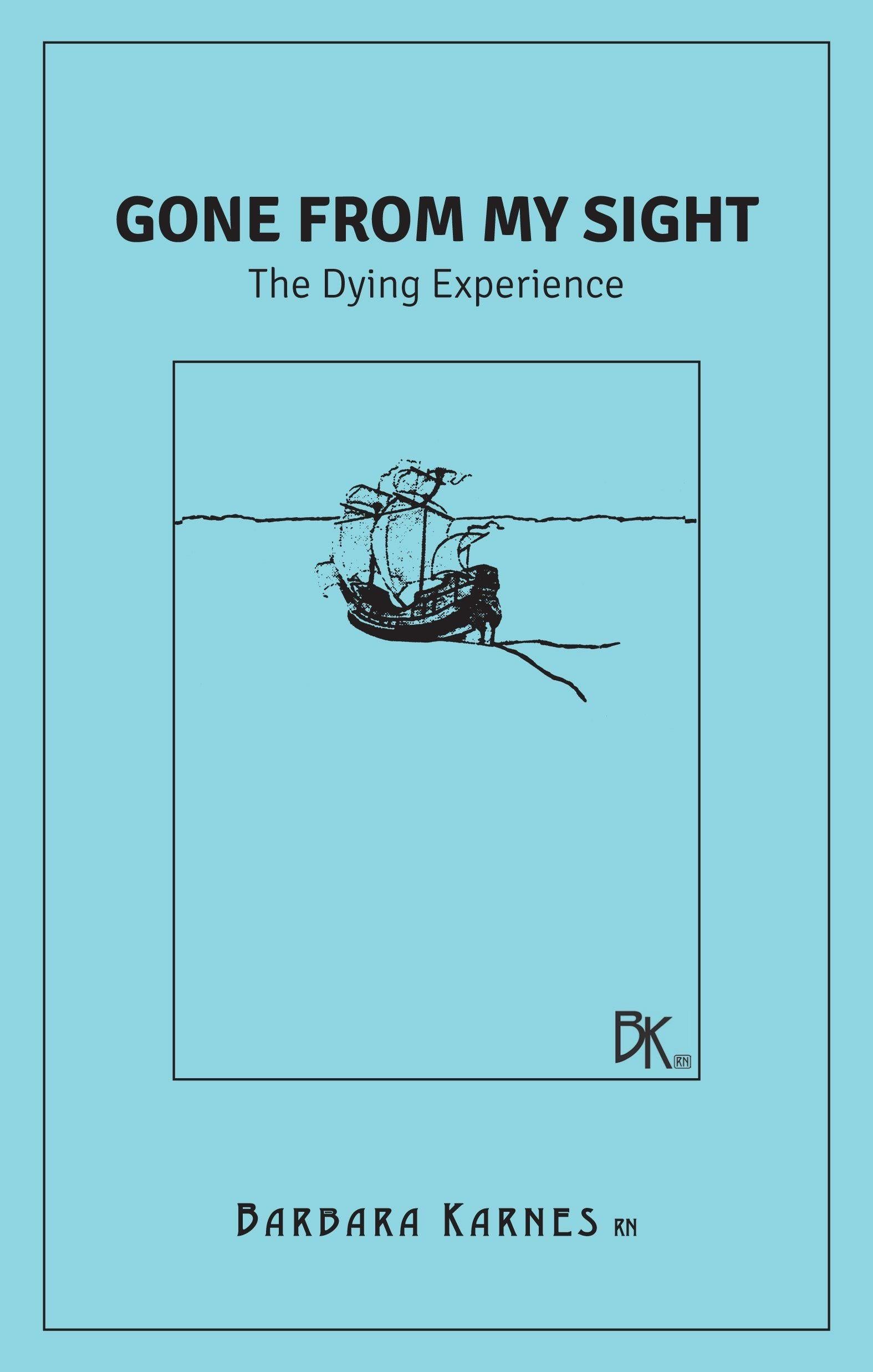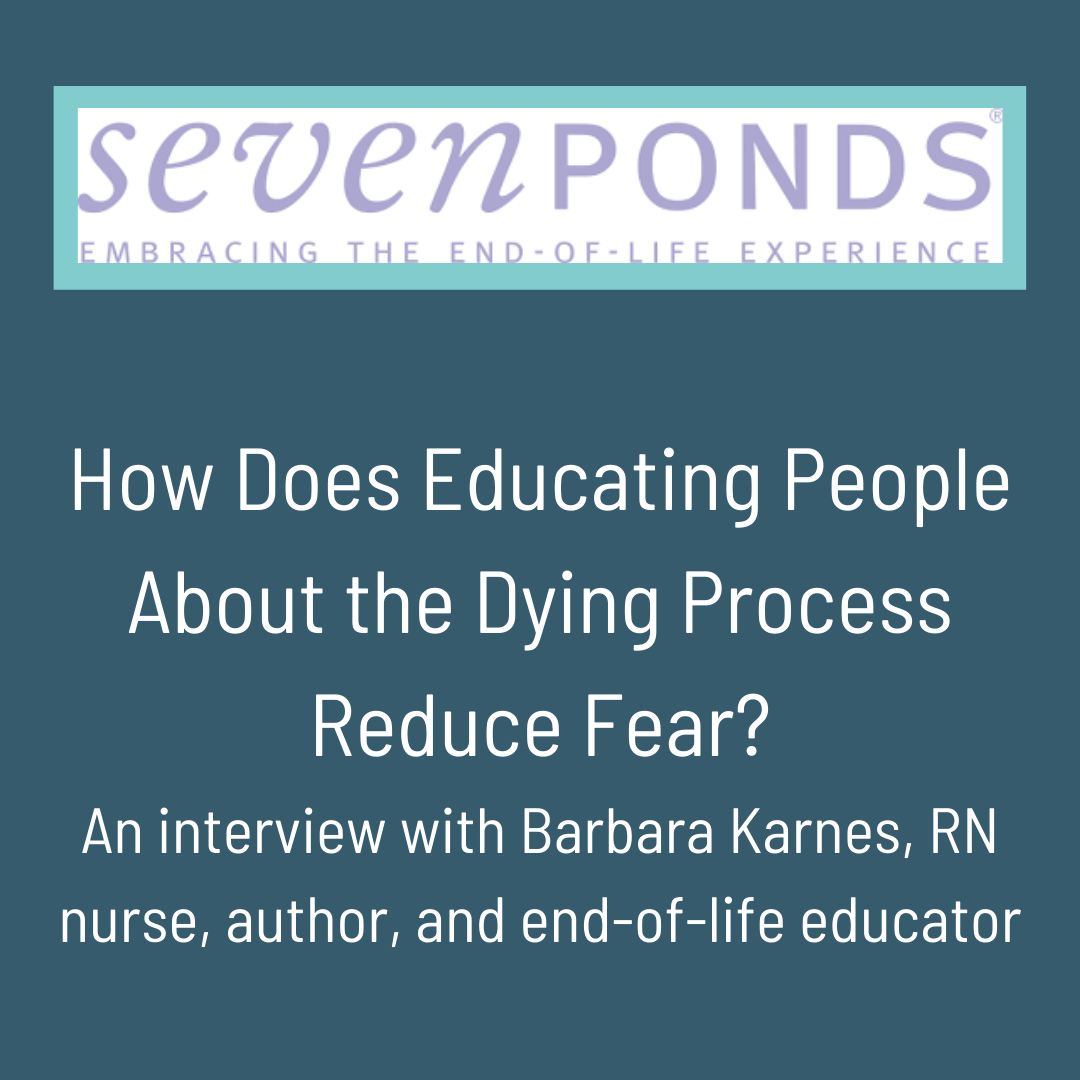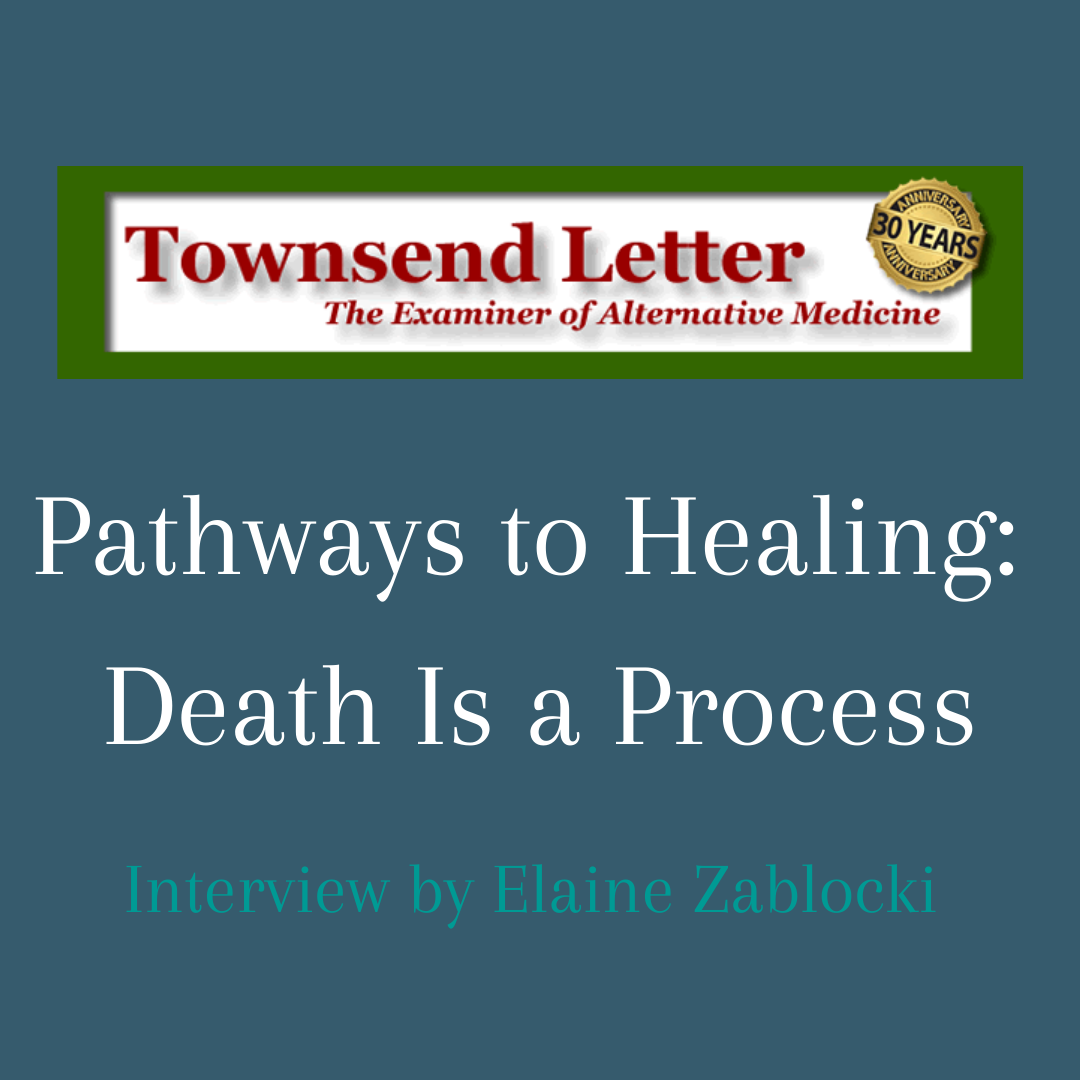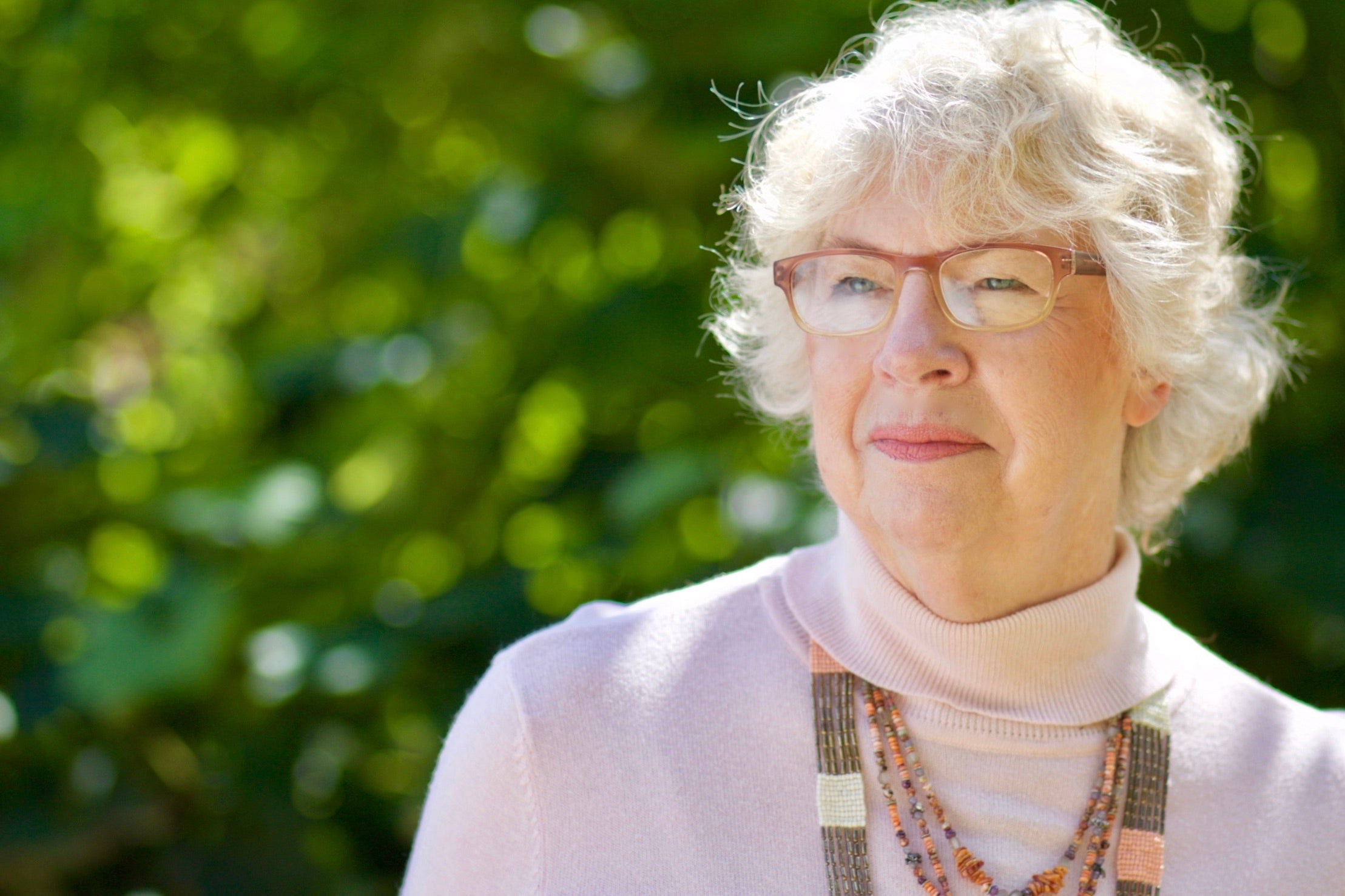The Globe: b Knutson / Forum News Service
FARGO — Everybody dies.
But according to best-selling author and speaker Barbara Karnes, most people think "Everyone 'else' dies. I'm not going to, and neither is anyone close to me," she says.
Karnes says humans are like ostriches sticking their heads into the sand."
When it comes to the end of life, we don't want to look at it if we don't have to," she says. "Even when we have to, we tend to not want to deal with it."
With more than 30 years of experience as a hospice registered nurse, Karnes skillfully guides families and communities toward considering their deaths through her books, DVD kits and presentations.
"Karnes is an expert who quite literally wrote the book on end-of-life care," says Bonnie Oelschlager, marketing and communications manager at Hospice of the Red River Valley, the event organizer.
Since her book "Gone From My Sight: The Dying Experience" (known as "The Little Blue Book") was published in 1986, Karnes has spread this message of awareness, courage and love.
She also gently reminds people that "dying is not a medical event. It is a social and communal event."
Karnes says death can happen just two ways: fast or slow. Unlike fast death, a slow death has a universal process including changes in eating habits, sleeping patterns and a person's mental capacity.
"In America in particular, we don't deal with dying," she says. "The medical profession is focused on getting people well and fighting disease, not recognizing that disease is one of the ways that people die."
Because of Karnes' crusade, fewer people are avoiding conversations about death. Her view of death as a process - meant not only for the individual but the family - is reflected in other national movements.
One example is the The Conversation Project - a nonprofit initiative that began in 2010 and helps people talk about end-of-life care - and the 2014 book "Being Mortal" by Dr. Atul Gwande, an in-depth look at the limitations of medicine.
Oelschlager says local attitudes about death are changing through organizations like Honoring Choices North Dakota and Minnesota and Health Care Decision Day, which was declared by North Dakota Gov. Doug Burgum on April 16.
Last month, more than 325 people attended the Leaders in Living event hosted by Eventide Senior Living Communities. The event in downtown Fargo featured Dr. Lucy Kalanithi - the widow of Dr. Paul Kalanithi - who experienced the slow dying process firsthand as her neurosurgeon in-training husband suddenly received a terminal lung cancer diagnosis at the age of 36.
From her husband's memoir "When Breath Becomes Air," Lucy emphasized this insight: "The fact of death is unsettling. Yet there is no other way to live."
Carrie Carney, Eventide's director of marketing and communications, says those who attended the event felt it was a healing experience.
"We had a lot of physicians who attended, too," she says. "So I really think that speaks to the community we live in. It was important for them to go to a discussion about end-of-life care and the communication that a doctor and patient have during that time."
Although Oelschlager says people recognize the importance of making plans and talking about death, they often still feel hesitant. Like Carney and Karnes, Oelschlager illustrates that community education events push people to face their own mortality so these vital conversations occur when there is time and space to do so.
"We hope people leave Karnes' presentations with a little less fear about the dying experience, and the reassurance that Hospice of the Red River Valley and other resources are available to guide and support them," Oelschlager says. "Dying is an inevitable certainty for all of us."
The most common question about death
"How long?" Karnes says. "That is the most common question that (hospice workers) get from the family. What most don't understand is that there are dynamics to dying."
Karnes says unless people work with end-of-life care, then the dynamics of dying are most likely foreign to them.
"We're going to die the way we lived. We're going to die according to our personality, and we have limited control over the time that we die," she says. "Those are things that most people don't understand or even know."
Karnes says that people working with end-of-life care can help to educate families in this process.
"You can't put a number on how long someone is supposed to live, even though that happens all the time in the medical profession," Karnes says. "The closest we can get to know about how long someone has left is months, weeks, days or hours." Read More...
